In the video production, TV show production and distribution business the name of the game has always been change and constant innovation. Adapt or perish as they say. But I never knew just how far that phrase could go…
Technology has changed fast in many sectors but none have been as transformed by technology like TV and video! When I first started in the business we were still shooting film for TV commercials and we would deliver a film print to the TV station for airing. Depending on the engineering staff at the TV station your beautiful spot could look different on each station! Videotape existed, 2 inch “Quad” but you could not edit it easily, Freon and razor blade were your tools, so not much creative could be done with that in post.
Then came ¾ Umatic for “low cost jobs” and 1” Type “C for the “high end” jobs. To stay ahead on the production and post side of this new technology involved big investment, our first field 1” recorder was $55,000 in 1981 which would be about $150,000 today! Back then if you bought the wrong camera or didn’t buy the right camera you were done. We always used one rule of thumb, if something could not pay for itself in 36 months we would not buy it. That rule kept us out of the Rank or Spirit film transfer business, kept us out of the 1” online editing business as well as the Flame and many other graphics businesses. Many times after coming back from NAB it was really hard to not buy some of those sexy boxes but to us, it was all about survival and if you looked you could clearly see that 12 months later that something better faster and cheaper would be available and that is what made it a bad choice.
Two legendary places in South Florida made big swings that cost them dearly that proved to reinforce our 36 month rule. Channel One video run and owned by a wonderful man, George Livingston, decided that for their 1” inch online room that they would buy the Quantel effects unit for well over half a million dollars, within six months of that purchase Ampex introduced their ADO unit which immediately made the Quantel unit obsolete, bye bye half a million dollars!
VTA was the place for Post-production in the 80’s and they set a standard for quality of post and video services that was second to none, many of the great industry guys and gals of today got their start at VTA. When it came time to buy a film to tape transfer system there were two main choices a unit made by Bosch (German) and Rank (British), VTA picked the Bosch, which technically was probably a better unit but it delivered a picture that was “too sharp” and kind of made film look like video. Uh-oh, there goes a million bucks! VTA eventually had to bite the bullet and buy a Rank but even then most of the post places could only justify a Rank purchase by claiming it “fed the online business”, which means we will lose money on transfer but make it up on post; this approach eventually caught up with most facilities.
So from Film production to video production, from VHS to DVD, tape editing services to non-linear post-production services, we always made a business case for whatever area we researched. Along with a business approach we also always want to be flexible and not let our egos make us do something.
Fast forward to start of 2020, five network shows, 10 episodes each in the pipeline, great staff, creative with lots of energy! We were shooting at JFK airport in February when things started happening quickly concerning Covid-19. Within two weeks we totally shut down for two weeks. In reality, we had been open every day, seven days a week for the previous 32 years and now? Nothing.
The big question is now what can we do to survive until there is more clarity and how do we keep our employees working to allow them to survive? It certainly will not be doing TV shows or shooting corporate interviews or meetings in the first 60 days, the months of April and May!
Our team quickly started researching two things at the same time: what areas can we deploy our skill sets to generate revenue in this “new world” and how do we outfit our staff so that they are safe in our offices and out in the field. We immediately started a redesign of our offices with social distancing and procedures in place to keep the virus out.
What has been crystal clear in the last 45 days is what a great job we have done to get the right people into our company and our freelancers- people who are open to change, multi-talented and flexible. People who do not complain that things are not the way they should be but accept and work to thrive at what is reality.
Virtual meetings, conferences and webcasts we have offered for several years now become more important and we ask how can we take these technologies and fill a need. At the same time, we have come up with the right mix of the right equipment, masks, hand sanitizers, thermometers, surface sprays and best practices that allow us to perform in this new environment and not get sick. The result is staff fully booked in May and first two weeks in June, five new hires and best practices in place to re-begin production of our network TV shows, a network documentary and several other projects in June and July.
Hopefully, we’ll show clients and networks that shows and good quality production can take place with these new practices. Are our plans full proof? Of course not, but we do believe that we have lowered the risk significantly, we see the new work environment and we are ready!


